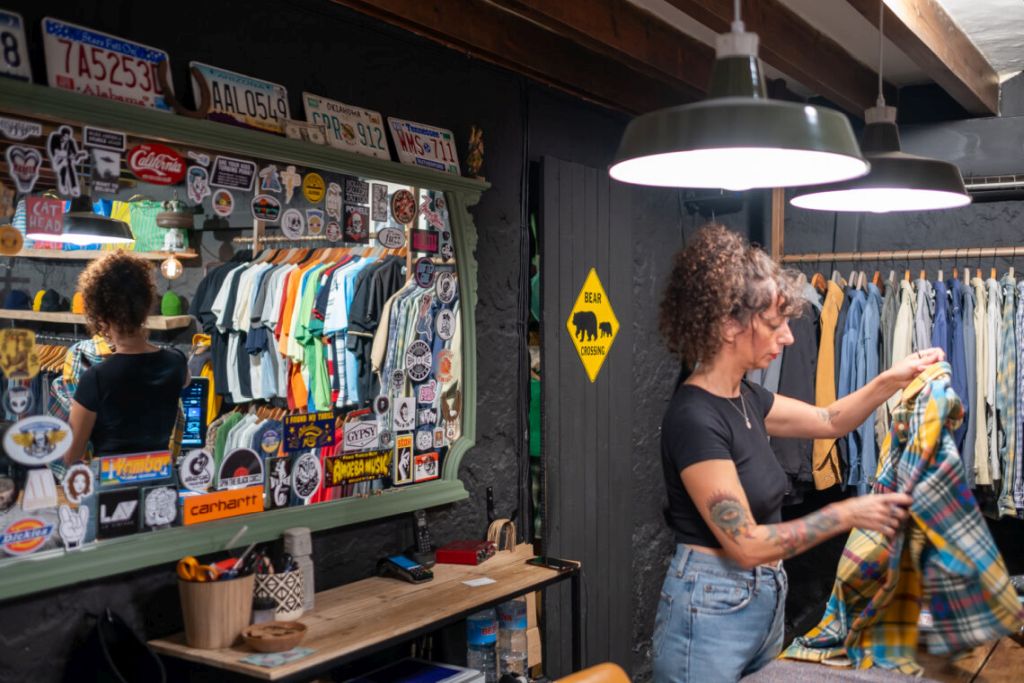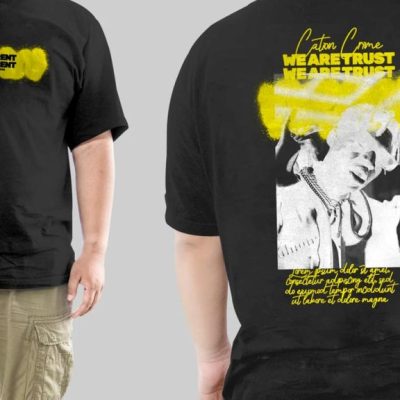The charm of the past is making waves in the digital marketplace. From retro fashion to antique-inspired home decor, vintage trends are captivating the e-commerce world, offering a fresh blend of nostalgia and timeless appeal. For small businesses, this growing love for all things vintage presents a golden opportunity to stand out in an increasingly competitive online space. Tapping into these trends isn’t just about selling old-school items; it’s about crafting a genuine connection with customers who long for the stories, style, and craftsmanship of the past.
But how can small businesses effectively ride this wave and turn it into lasting success? In this blog, we’ll explore the evolution of e-commerce through a vintage lens and uncover why understanding these trends is the key to turning nostalgia into profit.
The Rise of Vintage Trends in E-commerce
Vintage trends have taken the e-commerce world by storm, fueled by a blend of nostalgia and modern consumer values. Buyers are drawn to the uniqueness of retro-inspired items, from vintage-style clothing to timeless home decor. This trend isn’t just about aesthetics—it taps into the desire for sustainable shopping. Vintage products often promote upcycling and environmentally conscious choices, making them even more appealing to today’s savvy shoppers.
Social media platforms like Instagram and Pinterest have been instrumental in driving this movement. Viral posts featuring curated vintage finds and hashtag-driven communities make it easy for shoppers to discover and fall in love with nostalgic styles. For small businesses, these trends create the perfect opportunity to carve out a niche, offering standout products that bring together the charm of the past and the convenience of online shopping. Vintage isn’t just a trend; it’s a cultural shift shaping the future of e-commerce.
Crafting an Authentic Vintage Shopping Experience
Creating a memorable vintage shopping experience starts with a thoughtful approach to showcasing your products. For small businesses specializing in items like vintage long sleeve t-shirts mens curating a cohesive collection is essential. Stick to styles, eras, or themes that resonate with your target audience, ensuring your store feels both intentional and unique.
Storytelling plays a vital role in connecting customers with your items. Use engaging product descriptions to highlight the history, appeal, or unique qualities of each piece. For example, a vintage t-shirt might come with a brief narrative about its iconic design or roots in pop culture, helping customers feel more connected to their purchase.
To enhance the nostalgic vibe, focus on branding and visuals. Use warm tones, retro fonts, and era-inspired photography in your online store or social media channels. By weaving together a timeless aesthetic and personal stories, you’ll create a shopping experience that feels authentic, memorable, and truly vintage.

Examples of Successful Small Businesses Leveraging Vintage Trends
Small businesses across industries are thriving by infusing vintage trends into their e-commerce strategies. For instance, an online boutique specializing in 80s-inspired vintage t-shirts might curate rare designs that appeal to both collectors and trend-conscious buyers. By sharing stories about the origins or cultural significance of each piece, they turn products into conversation starters.
Another example could be a handcrafted jewelry brand that repurposes retro materials like old brooches or Victorian charms. This not only creates one-of-a-kind pieces but also appeals to eco-conscious consumers seeking sustainable options. Through cohesive branding—like stylized packaging, classic typography, and warm-toned visuals—they create a distinct, nostalgic identity customers adore.
Social media plays a huge role too. A vintage home décor shop might use platforms like Instagram to post photo spreads of mid-century furniture in modern homes, showing shoppers how vintage fits seamlessly into contemporary life. These small businesses succeed by blending personality, storytelling, and trend-savvy creativity into their offerings.
The Future of Vintage in E-commerce
The vintage trend in e-commerce shows no signs of slowing down—it’s only evolving. With growing consumer awareness of sustainability, vintage products have become synonymous with eco-friendly shopping. Customers increasingly value the environmental benefits of reusing and repurposing, which sets the stage for continued demand in the years to come.
Technology is also reshaping the vintage shopping experience. Augmented reality (AR) could allow shoppers to visualize how products like vintage furniture or clothing fit into their lives. AI-powered tools help small businesses track emerging sub-trends, making it easier to curate collections that resonate with buyers.
To stay ahead, small businesses should stay agile. Regularly refreshing their inventory, building strong online communities, and leaning on customer insights will be key. The future promises an exciting blend of tech innovation and timeless appeal, creating endless opportunities to combine nostalgia with modern-day convenience. Vintage in e-commerce isn’t just enduring—it’s thriving.





